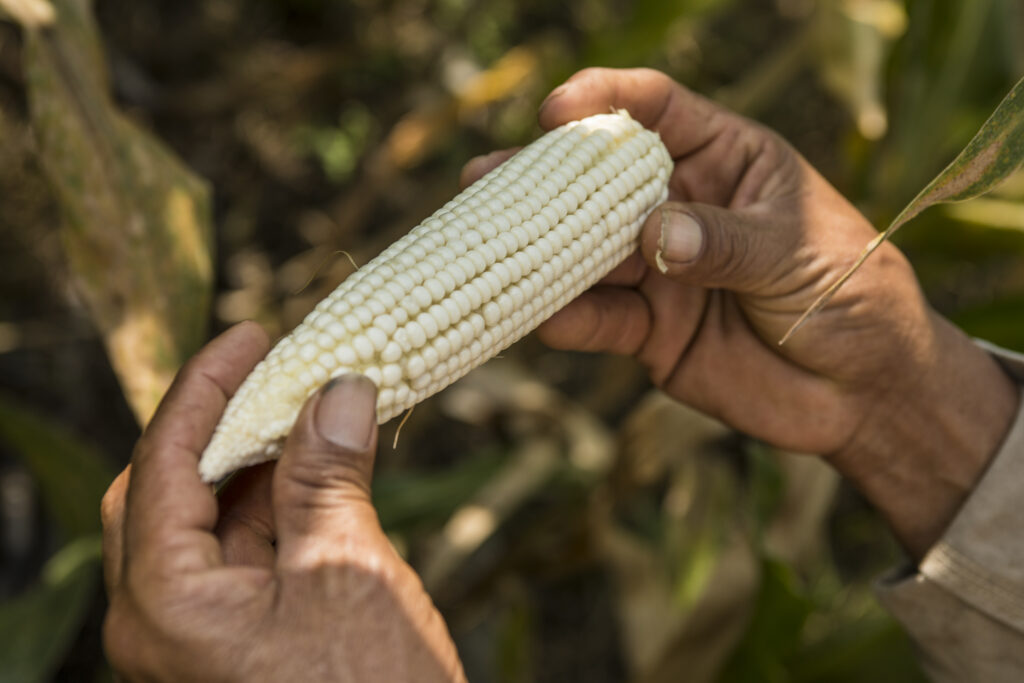Two articles in this month’s issue of Cereal Foods World showcase the power of biofortification in improving nutrition and health and the process of developing and disseminating these health-boosting crops and foods.
The first, co-authored by scientists at HarvestPlus and the International Maize and Wheat Improvement Center (CIMMYT), explores the historical journey to identify and harness the potential of enhancing the micronutrient content of wheat and maize to address vitamin A and zinc deficiencies.
Crop biofortification is an advantageous approach to addressing micronutrient malnutrition because it targets farming families and rural households who are typically reliant on staple crops. Once the micronutrient is bred into a crop line, the trait remains, making the process sustainable and cost-effective over time.
The concept may be simple, but the process requires extensive collaboration. Scientists first identify sources of higher levels of micronutrients in the grains, then cross them with varieties containing agronomically attractive traits, such as disease or pest resistance, or high yield. Breeding targets have been carefully set to ensure enough nutrients are retained in processing and cooking so that regular consumption generates a measurable impact on nutrition and health.
Biofortified maize and wheat varieties must be integrated into research, policy, and food value chains, to reach their potential. “This means that everyone, particularly farmers and consumers, must be convinced of their value, so communications and raising awareness about biofortified crops will underpin their long-term success,” said Wolf Pfeiffer, co-author and director of research and development at HarvestPlus.
This is the focus of the second article; now that biofortification has been demonstrated to be efficacious, collaboration with policymakers as well as food and seed companies can both sustain and increase its impact. Twenty-one countries now include biofortification in their national nutrition and agriculture strategies.
Studies by HarvestPlus indicate farmer adoption depends on access to market, taste, and assurance that the new varieties require no more water or fertilizer than the regular varieties. Because HarvestPlus also conducts research on taste and texture before new varieties are released, consumers are willing to eat biofortified foods even before they know they are nutritious. Efforts to embed the solution in the food system could enable more consumers to benefit from biofortified foods.
“HarvestPlus will lead work in this area, finding the incentives the food industry requires to take biofortification from a publicly funded nutrition intervention to a sustainable, commercially driven value addition,” said author Jenny Walton, senior specialist in demand creation and business development at HarvestPlus.
Opportunities exist to strengthen supply chains to show farmers there is a clear route to market. Blockchain technology could also help demonstrate the authenticity of products made with biofortified crops.
Biofortification is poised to be an innovative, profitable, and sustainable solution to micronutrient deficiencies.
